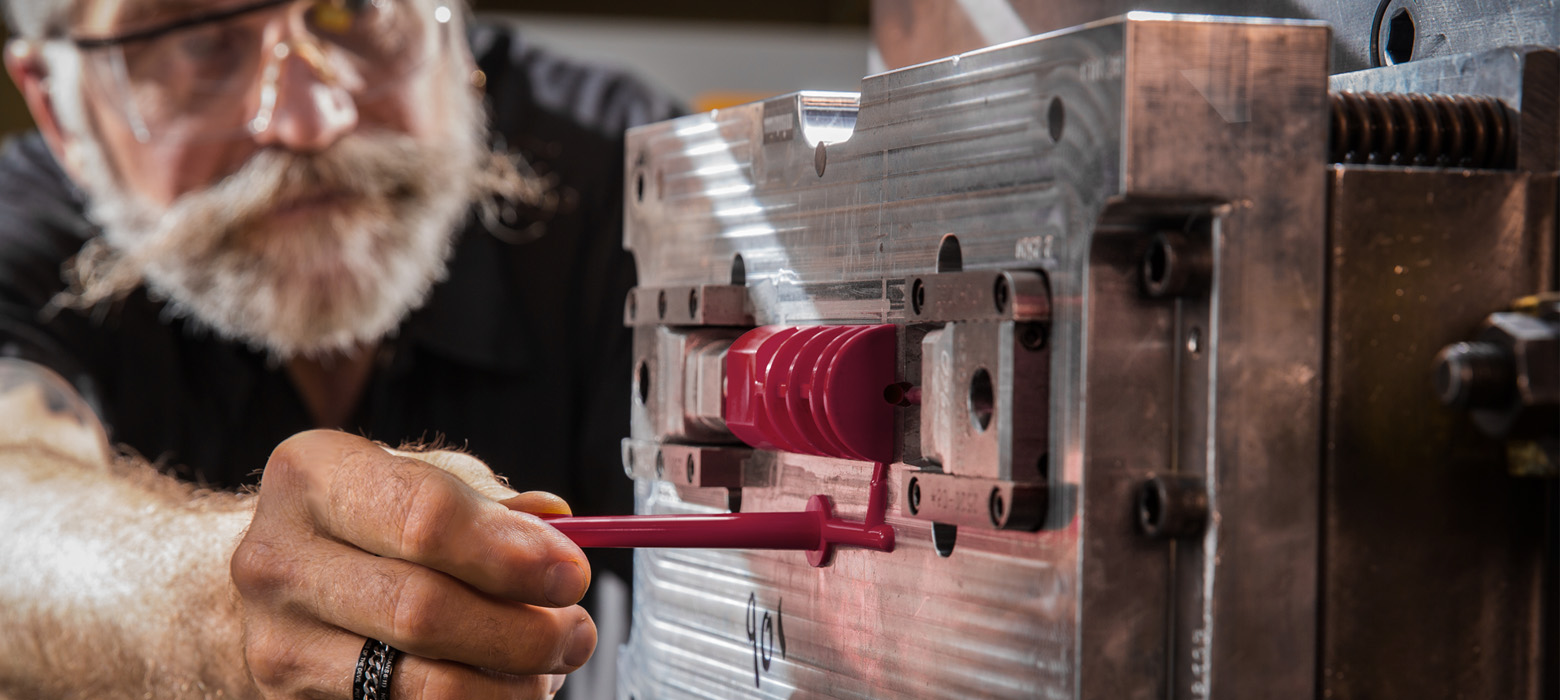Ontwerpstudio DUNC
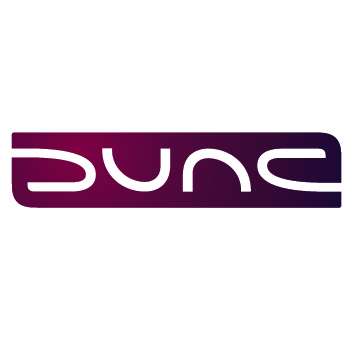
Design studio DUNC is a specialist in the design, development and production of user interfaces and electronics housings. Our transparent communication and a thorough program of requirements ensure a product that meets your needs.
Analysis and design through to production processes and quality controls are tailor-made for us. Close cooperation with our customers and years of experience lead to value creation and an improved market position. The customer is always central.
From beginning to end; our approach is clear and transparent. When a potential client requests a quote, we would first like to sit down with you to properly map out the request for development. Based on this, we prepare a quotation including a provisional Program of Requirements and a provisional concept design. This allows us to issue a fixed-price proposal or cost estimate for designing, prototyping, testing, and starting up / supervising production.
If the electronics have not yet been developed: we strive for 'early involvement' to ensure that the concept is subject to as few restrictions as possible from the electronics and that our designers therefore have complete freedom to innovate.
Analysis stage
During this phase we are mainly concerned with optimize from the Program requirements for approval by the client. Becoming at an internal level critical issues and risks of the new product is inventoried.
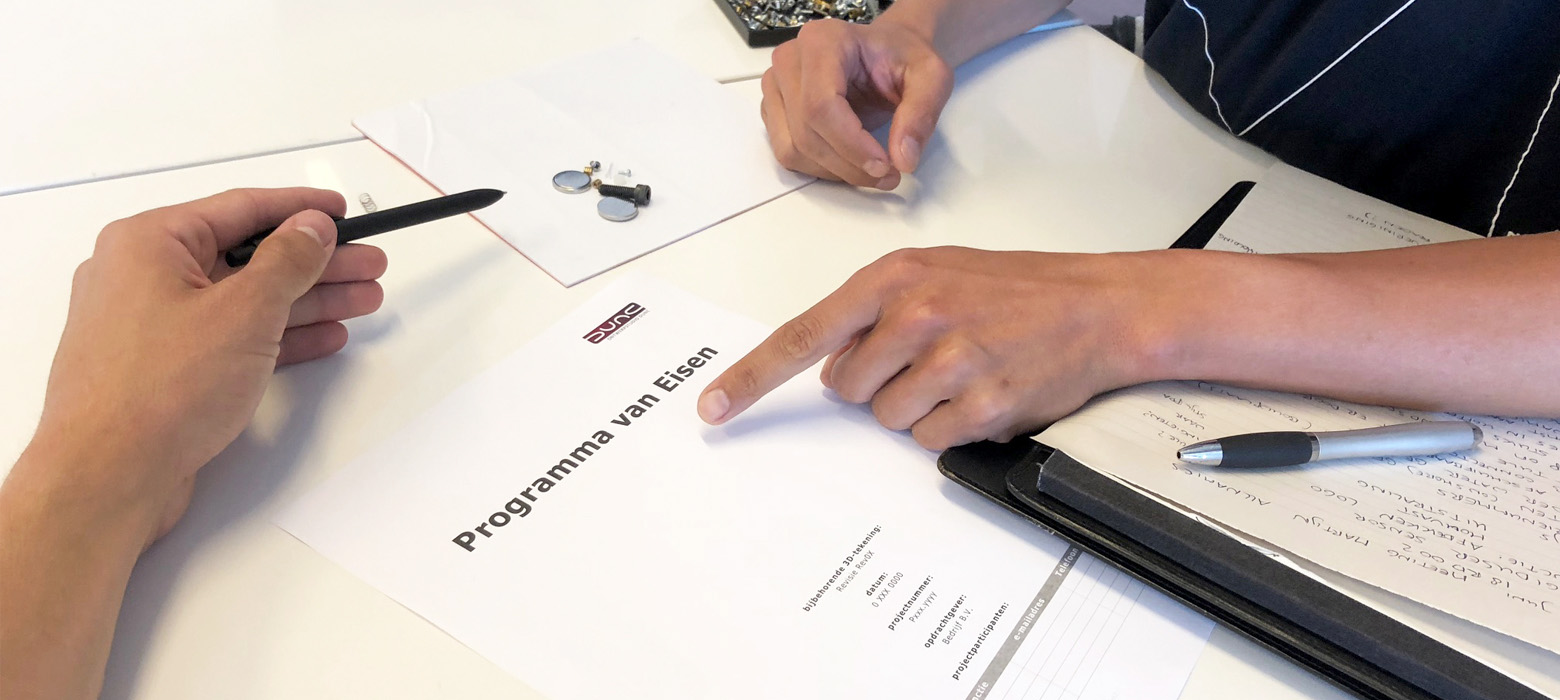
Concept phase
Based on it preliminary concept design Ultimately, a design is drawn up based on the current program of requirements and the now known component data plus additional information. This design will contain most of the basic aspects of the final design to avoid surprises or additional work in the follow-up process. Often found in this phase to test with so-called proof of concept models to address critical design risks. The concept design is explained in a report and released to the client for assessment.
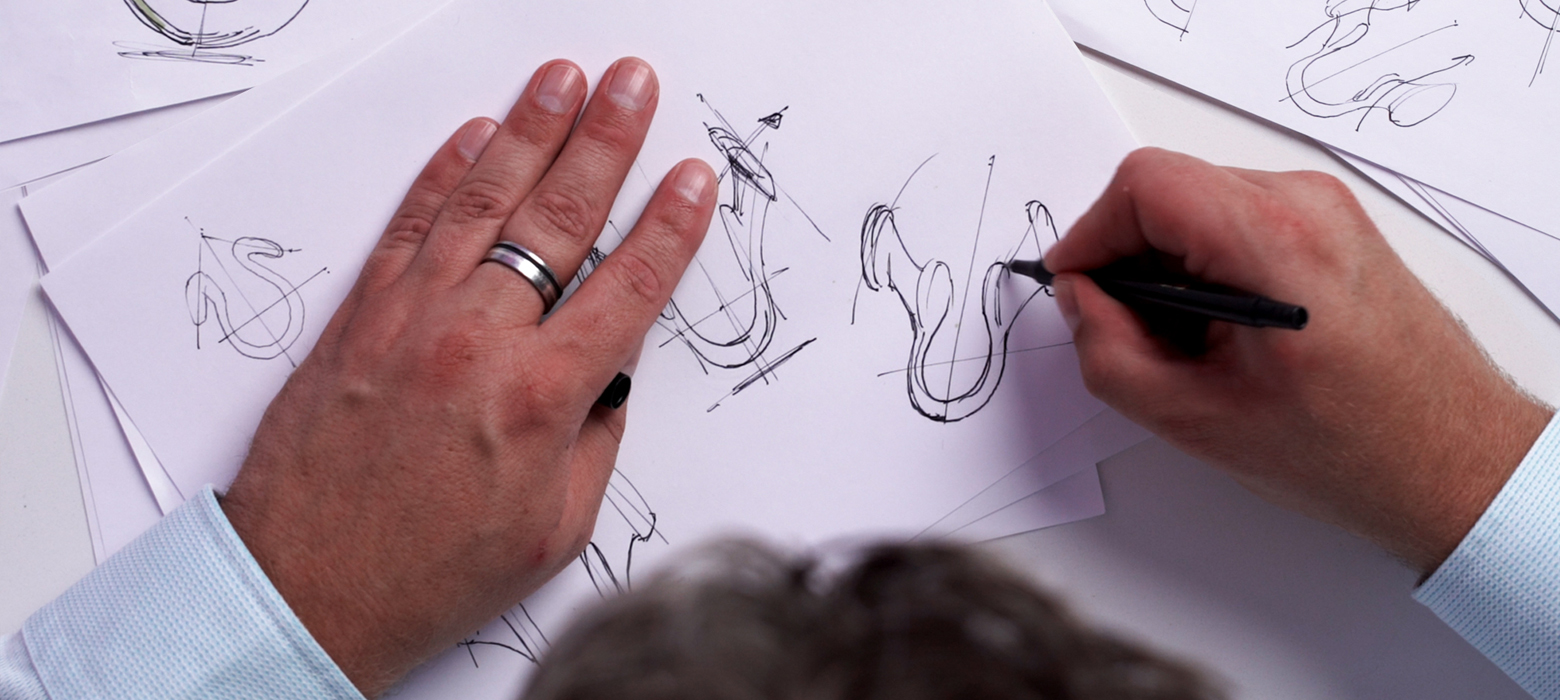
Elaboration phase
When the concept design and any adjustments have been approved, we start with the design technical engineering. Be here manufacturability, the assembleability and 'failure mode and effect analysis' important issues. In this phase, the 2D production drawings will also be prepared to clarify all specifications and details of the parts. Once these steps have been completed, a detailed report and possibly a 3D view file delivered. We will work in consultation with you to your approval so that we can start working on the prototype in unison.
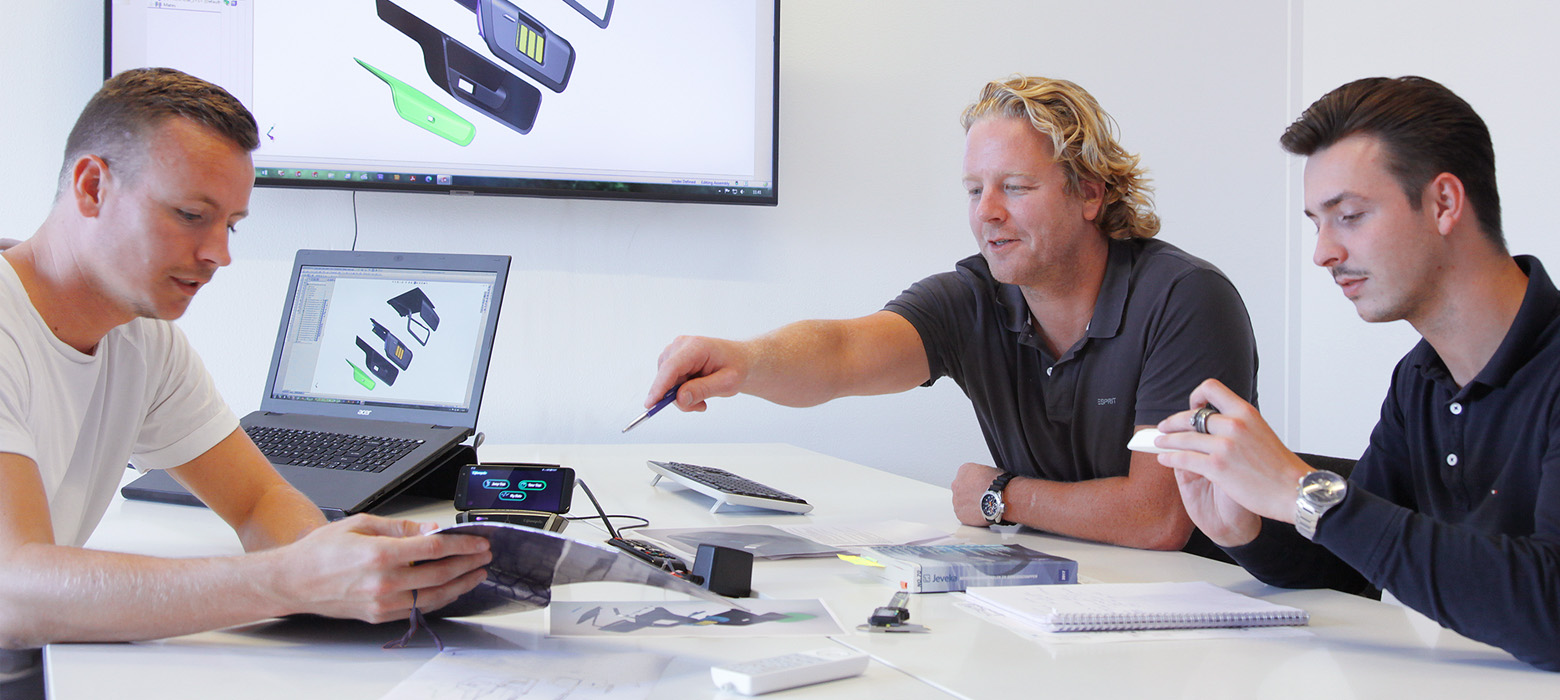
Prototype phase
Once the detailed design has been approved, we start creating it prototype. This can be manufactured by: stereolithography (3D printing) but also by using other techniques such as casting in polyurethane resin using silicone molds. This allows the type of plastic that will be used for production to be properly simulated testing purposes or a small series for it field tests. Metal parts can be manufactured using the actual production method to be used and rubber parts such as seals or keypads can even be manufactured using a simplified mould. The prototype is created both internally and by the client assessed and validated. If necessary, we modify the design based on comments resulting from the prototype review. In recent years, our test and measurement area has been further expanded, so that we now have an SLA and FDM 3D printer, laser cutter, milling machine, test oven and much more. This way we can test our ideas/concepts/prototypes/batch samples in-house and encounter and solve problems in a timely manner.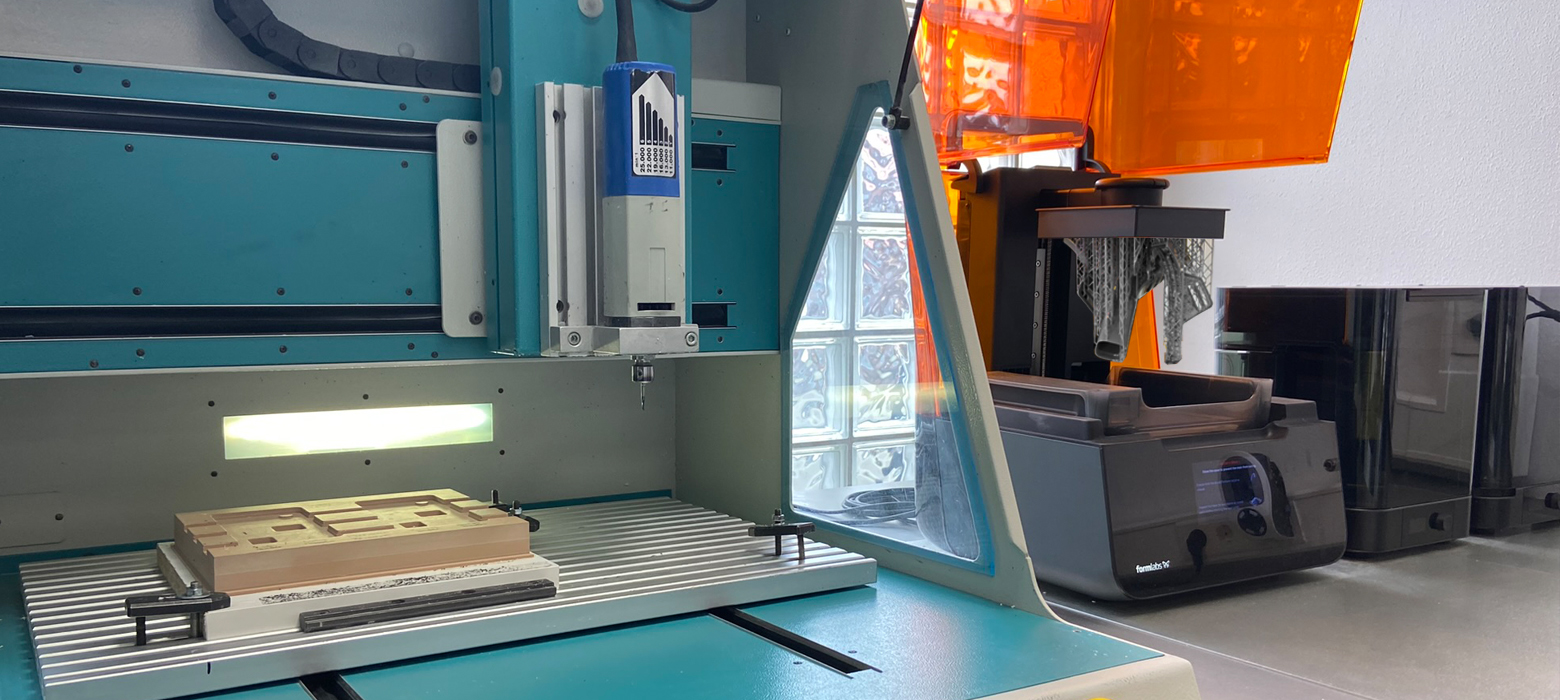
Tooling phase
Design studio DUNC designs with great regularity injection molded products. In this phase, molds are designed and created for this purpose. This starts with drawing up a manual for the quality inspection. This makes it clear to all parties on what basis the product (sample) will be assessed. After this, the toolmaker will make a proposal for the production tools. This is assessed after which any adjustments are made in close consultation with the factory. After this, the actual production of the production tools.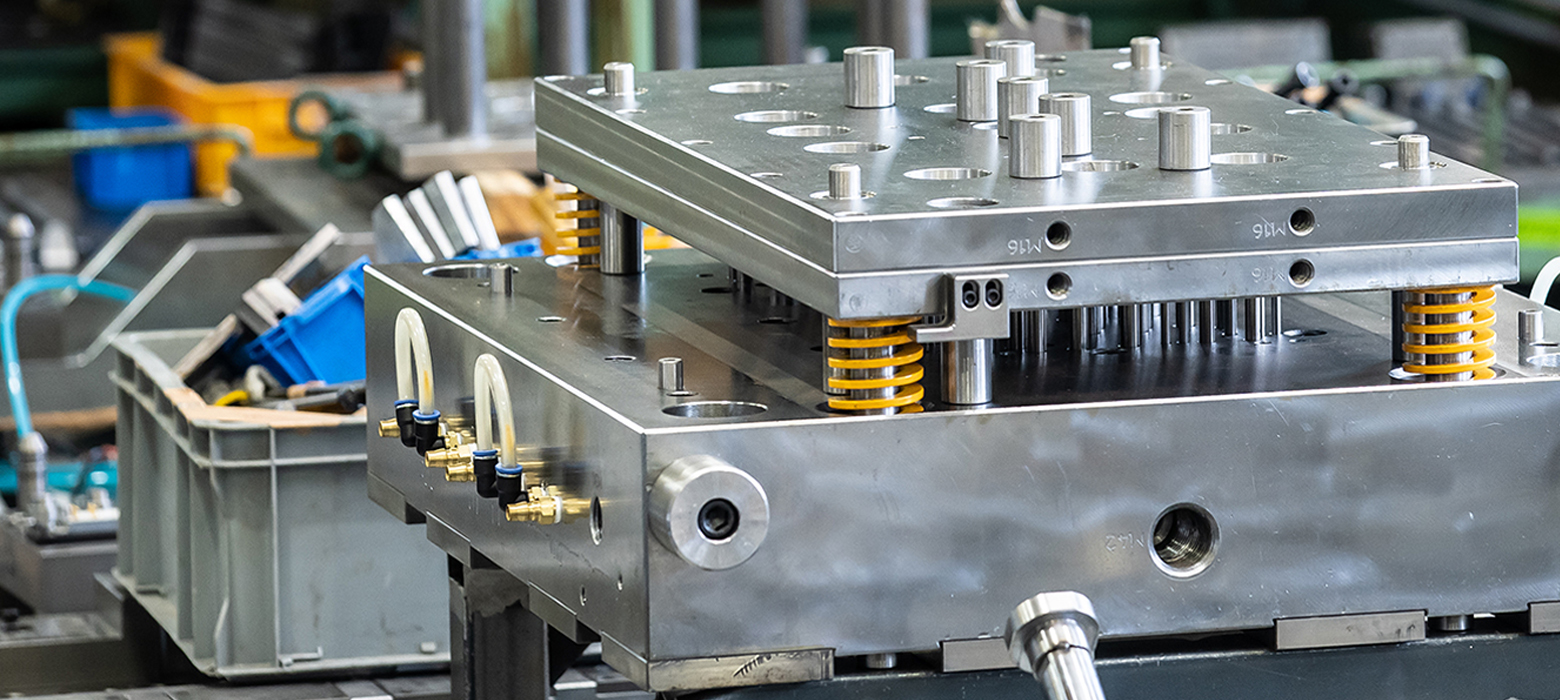
Trial phase
As the tool creation it will have to be tested in the final phase. From these tests, too trials mentioned, the first samples (T-1) will be the result. During the production of these samples our colleague in China be present at the production site to carry out the initial assessment. This is based on inspection reports which are reviewed here. If approved, the samples are sent to the Netherlands to be extensively assessed and presented to the client. This entire trial process will repeat itself until all parties agree are.
Production phase
When all of the above has been successfully completed, production will be started. The production samples are assessed on location and through the inspection reports here. After approval, the products are shipped to the Netherlands by boat or plane. Once they arrive in Oegstgeest, the products are sent to a final check and any test subject. After this final release, the products are sent to the client or assembler. If desired, Ontwerpstudio DUNC can provide the assembly work, or some parts of it.
Good communication with the client and any assembler is extremely important in our work. The success of projects largely depends on clear and concise communication. The aim is to match the client's expectations with the intended result. The team is therefore trained in how to optimally implement communication during the development process.
